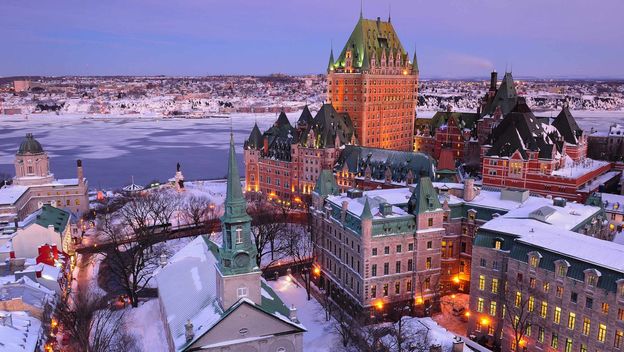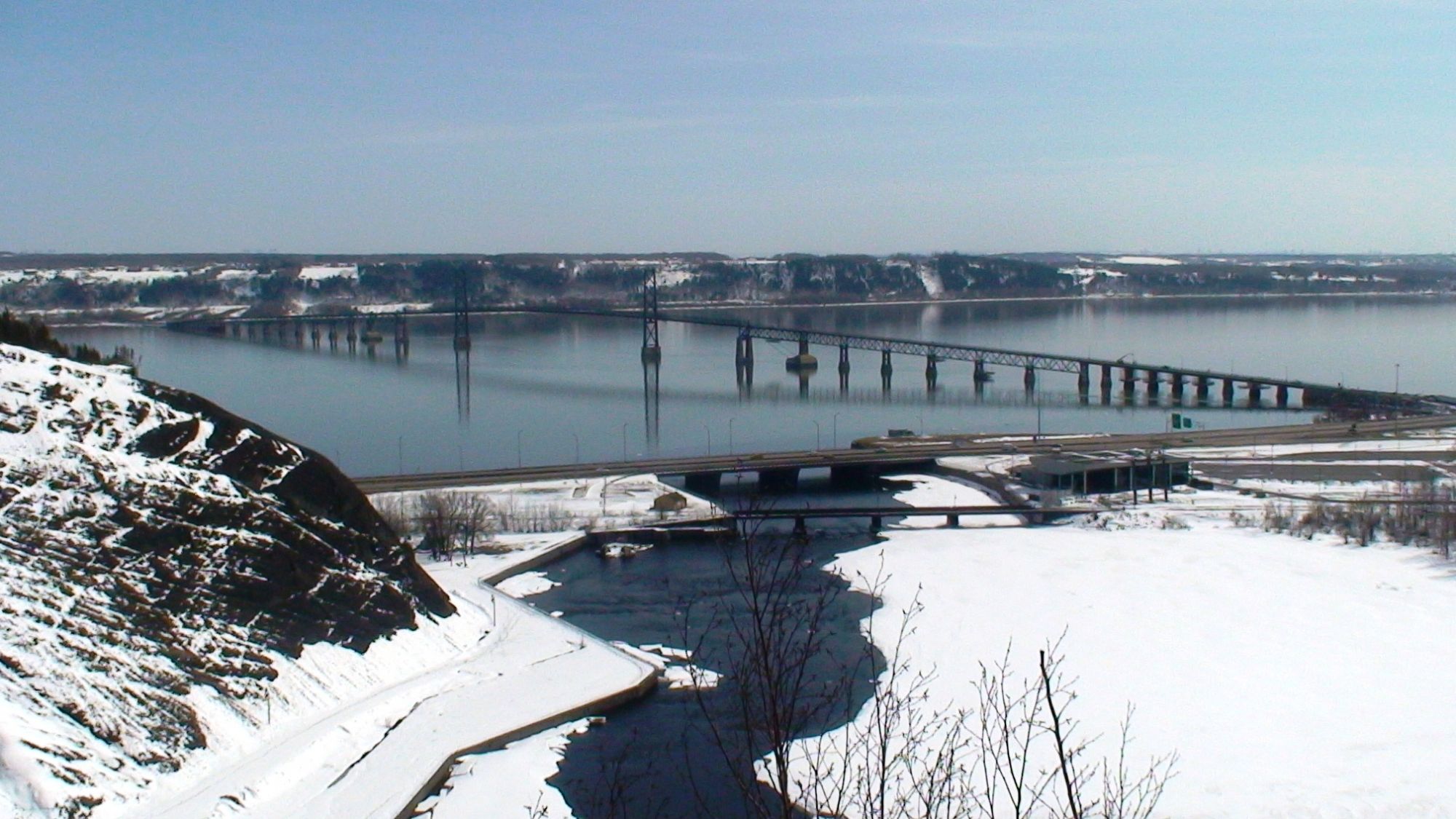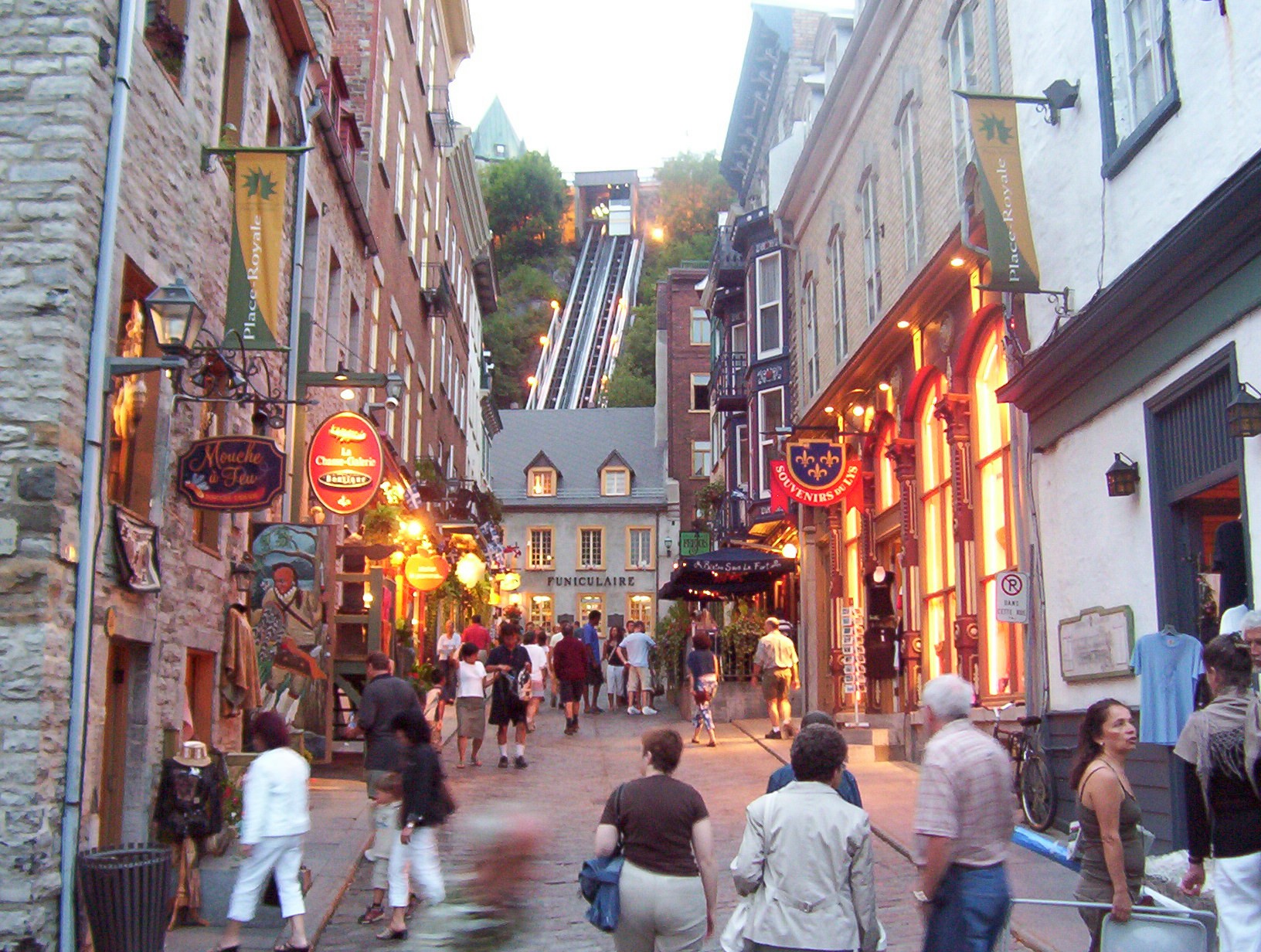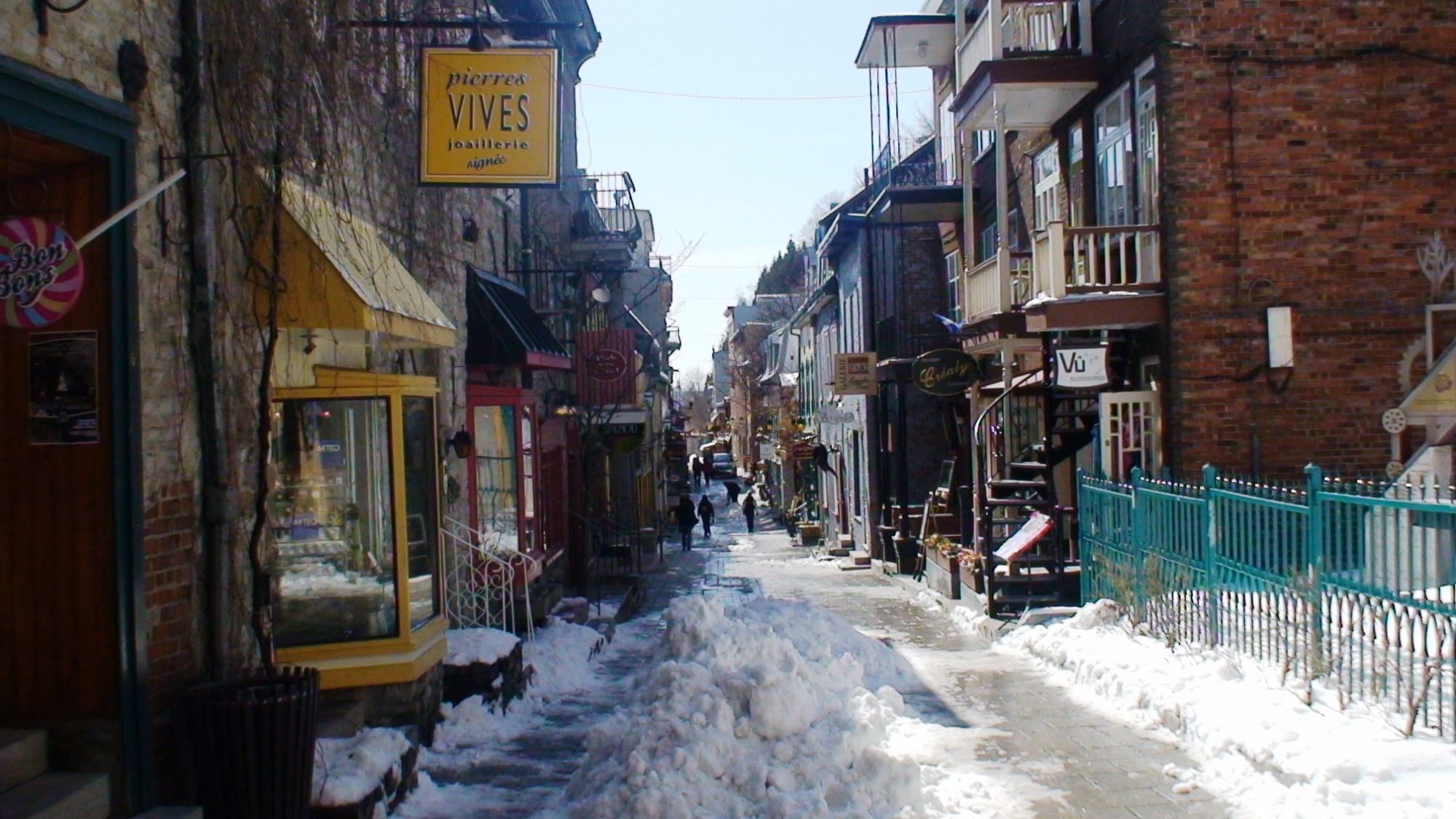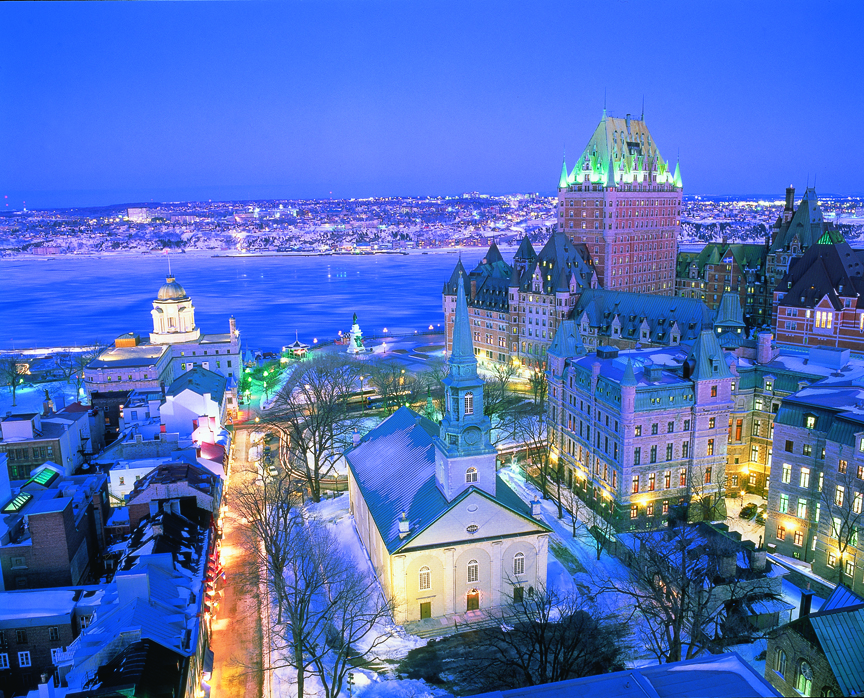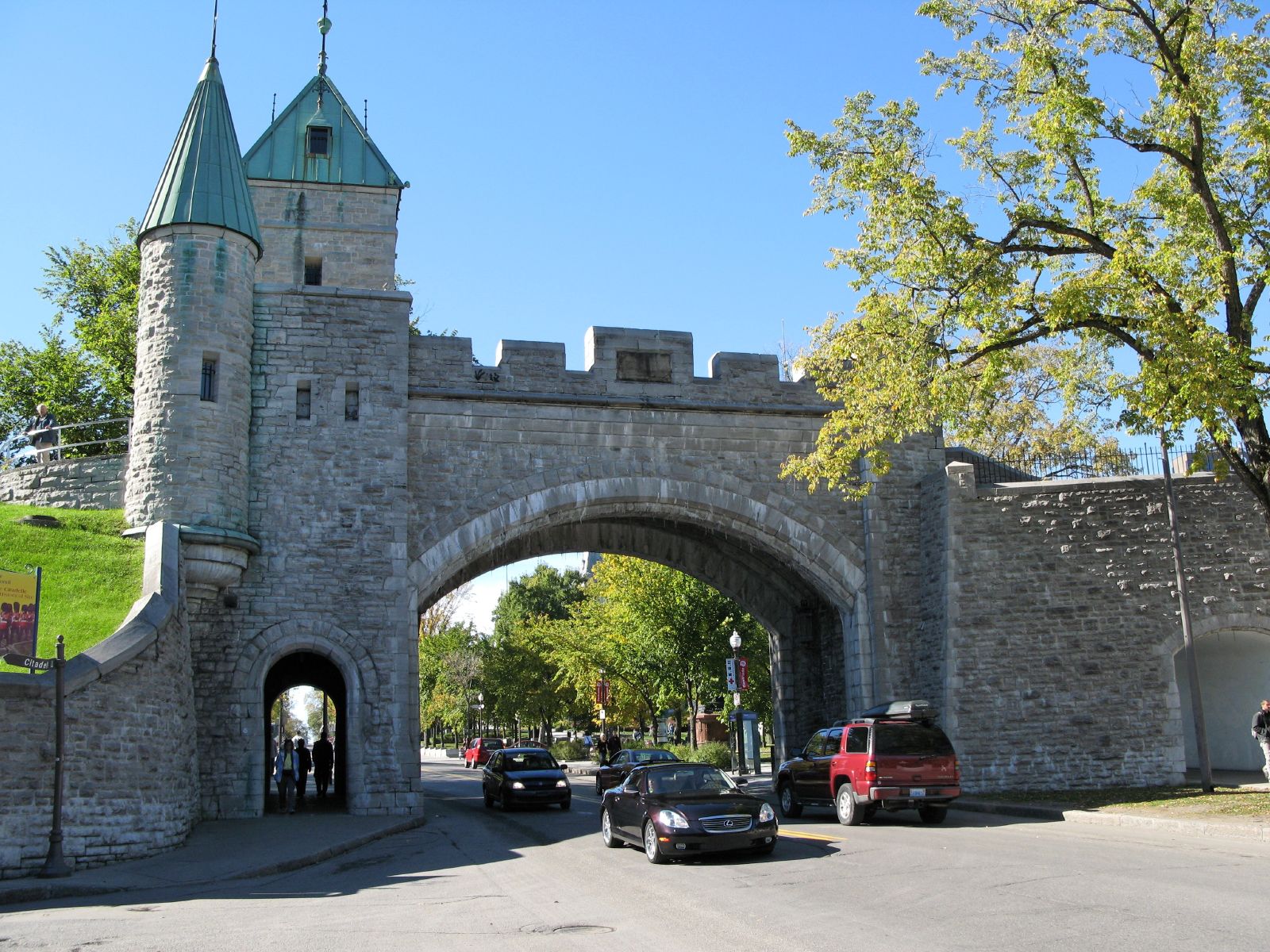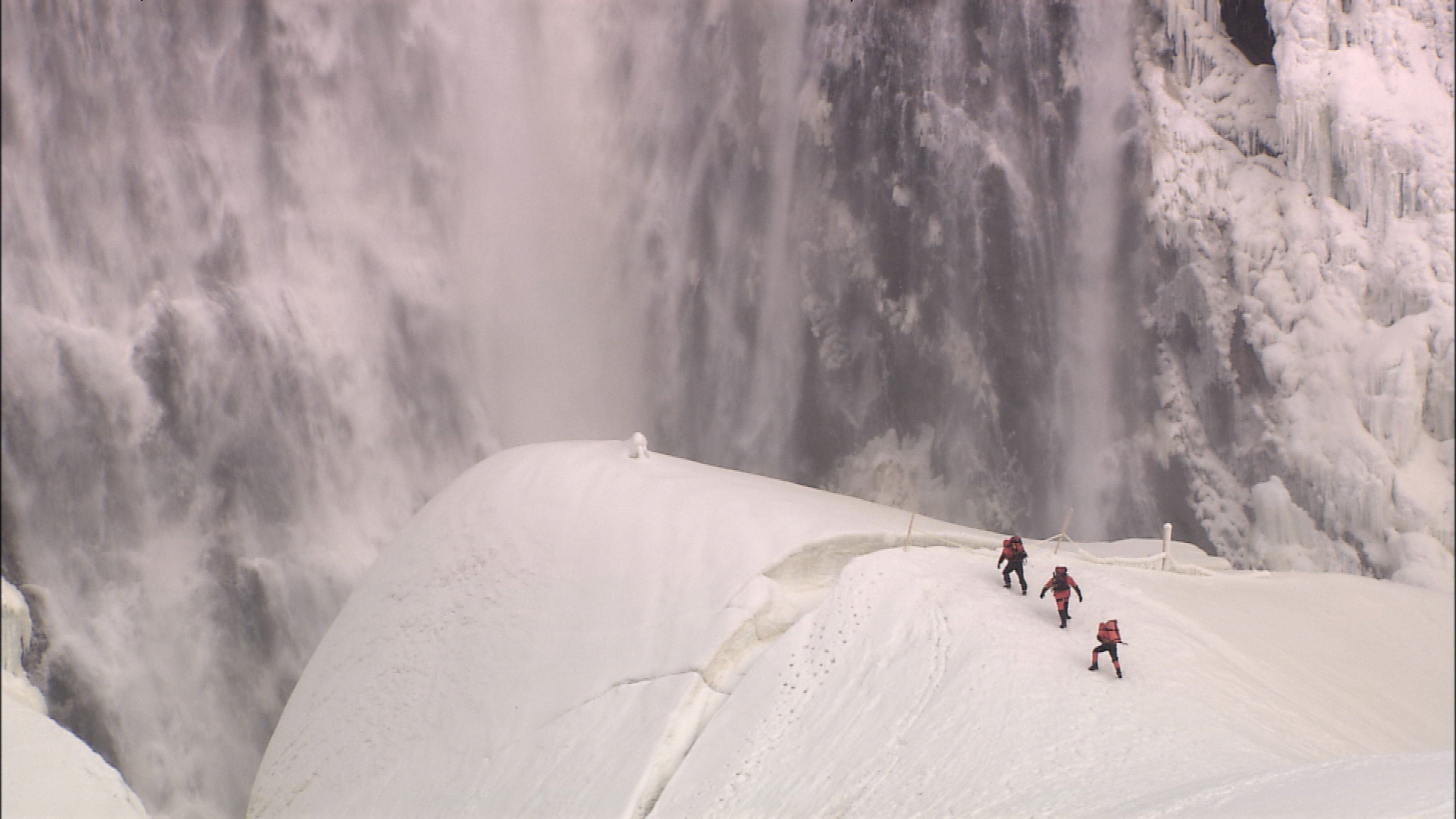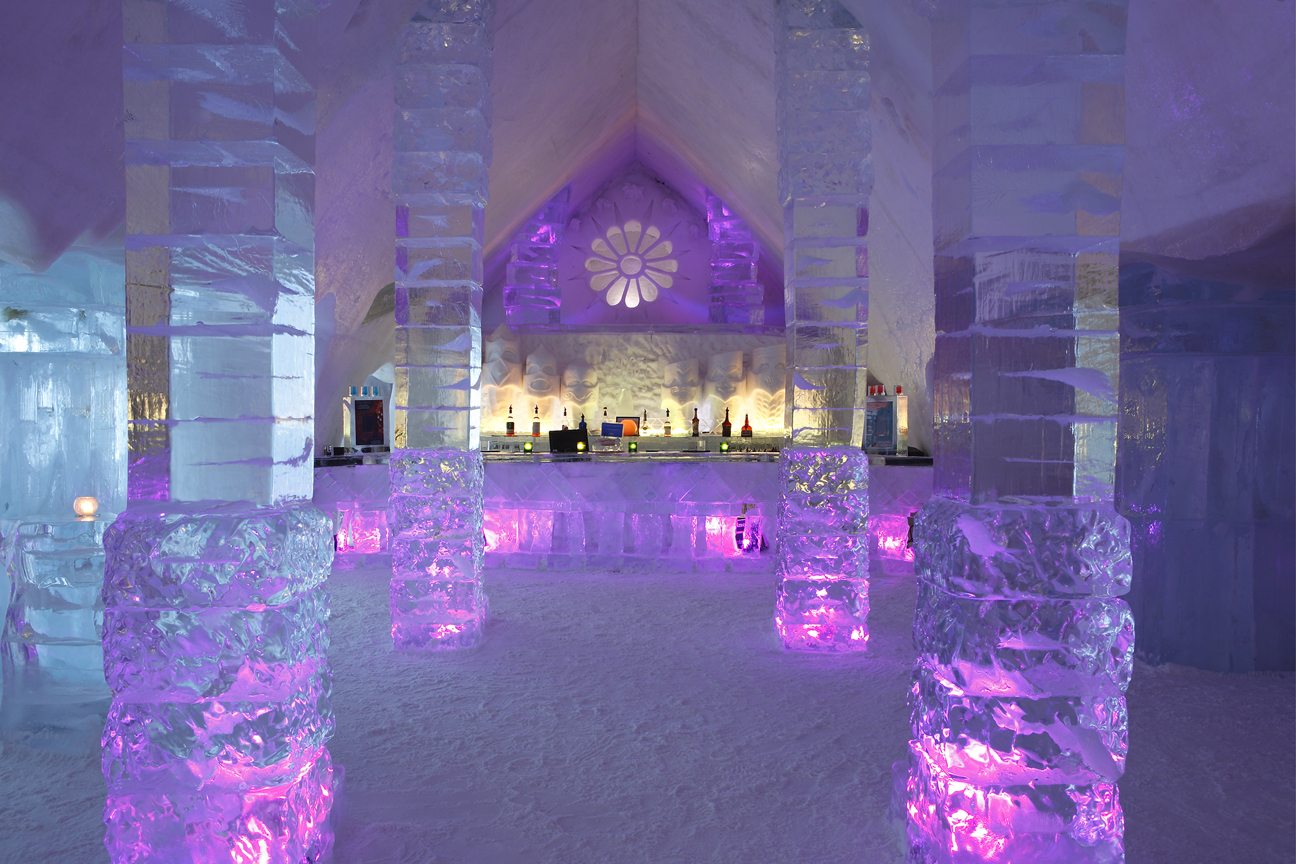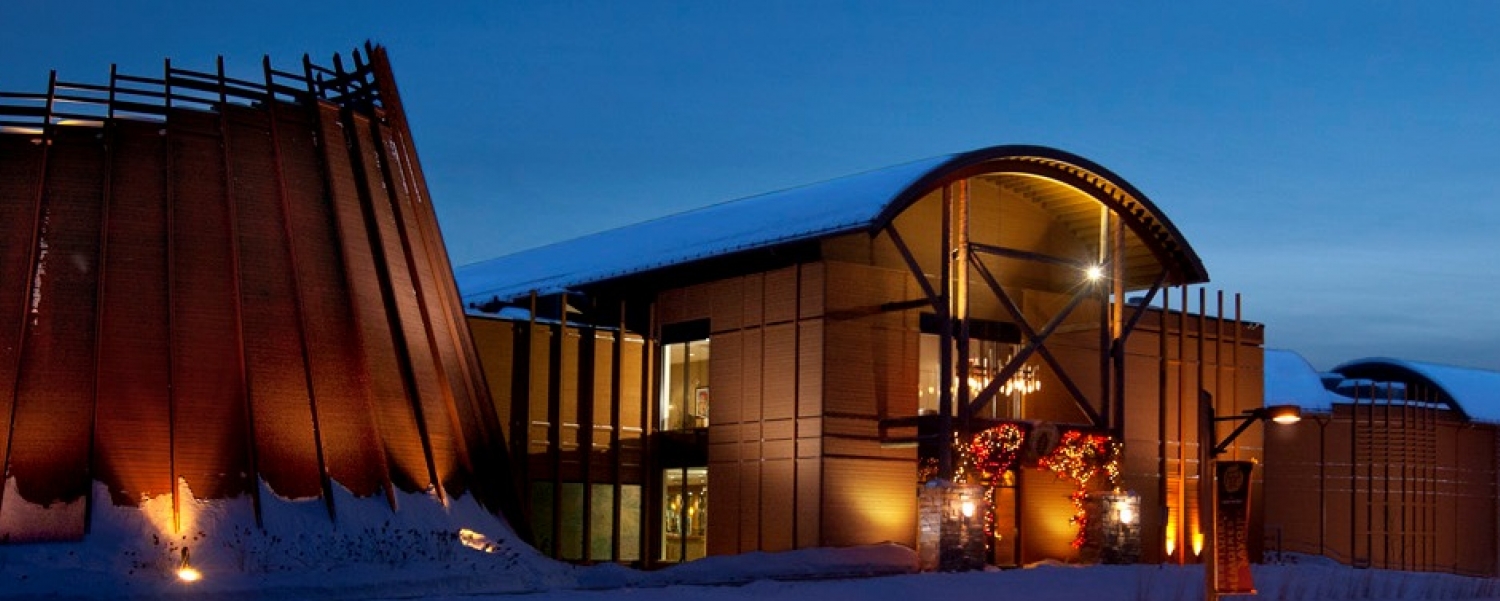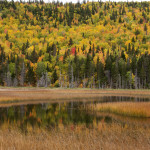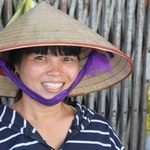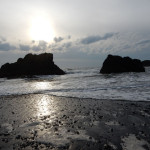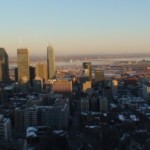As plains go they were pretty plain. Just a moderate parkland space in the middle of our Quebec City travel guide, with a few hills and trees. But their value in terms of historical significance was immense, because these plains hosted the battle that shaped the whole of north America as we know it today.
The Plains of Abraham, lie at the top of the high bluff that is the upper part of Quebec City and it was here the British defeated the French in 1759 to ultimately take control of Canada and America. At the time, New France, as most of north America was called then, was a French colony, but administered by very few French nationals, who in the main, preferred to stay at home and reap the financial rewards from importing goods from their colonies. Even so, it took seven years for the British to finally wrest control from the French and establish north America as a British colony. And the rest, as they say, is history, with the Americans winning their independence some years later, while Canada remained part of the British Empire.
Visiting the province of Quebec, and in particular Quebec City the capital, you notice something very quickly. The French may be gone as far as Head Office is concerned, but their influences are very firmly left behind. The first language is French, the cuisine is French, the importance of pouring over a menu is very French and the architecture is French. Quebecans however, are certainly not French. Quite the opposite. They are north Americans who just happen to speak French, and that makes a considerable and welcome difference.
Quebec City was hugely important strategically. Lying just where the St. Lawrence River narrows, making it effectively the gateway to America, it became a mighty and prosperous port, and was considered the premier trading pathway for many years. As time passed, and navigation for the big ships became possible further down river to Montreal, Quebec City’s importance waned, whilst Montreal’s star rose rapidly.
That said, Quebec City is one of the oldest cities in north America and was declared a UNESCO world heritage site in 1985 and its ramparts are the only fortified walls left in the Americas north of Mexico. The city is split into two parts joined by a Funicular and numerous interesting stairways; the upper main town sitting snugly on top of the Cap Diamont rising majestically out of the river, and way down below, the lower town on the shoreline, where all the warehouses that served the old port used to be.
This area today, is alive with trendy boutique shops, hotels and restaurants and its cobbled streets and stone buildings are reminiscent of a French village. Lovely to just meander around, taking in all the local colour and artisan shopping. There is a ferry here that can take you across the river to neighbouring Levis, but it’s worth just staying onboard for an inexpensive round trip to enjoy the view of Quebec from the water.
Up at the top, perched right on the bluff, the old city is dominated by the imposing Chateau Frontenac Hotel, a throwback to the glorious days of luxury railroad hotels where the well to do went to see and be seen. Today, it’s still the place where the famous faces stay, including Celine Dion, Quebec’s adopted daughter, who has a favourite suite there. The rooms are beautiful, and the atmosphere is traditionally elegant. If your pockets are not quite deep enough for a room, it’s worth taking a short guided tour in the company of one of its employees from the 1900’s (in character of course).
The old walled town with its windy streets and French colonial feel is sprinkled with churches, museums and galleries and more than enough restaurants to suit everyone’s tastes. For the younger set, the lively bars and restaurants along Grande Allée outside the old city walls are a magnet until the early hours.
Other notable Quebec City sights not to miss
Governor’s Walk: A scenic walk starting at the top of the Funicular, continuing along the wall overlooking the old city by the side of the Chateau Frontenac. Discover staircases leading to overlooks, with some impressive views of the St. Lawrence River.
Caleche ride: take a romantic horse drawn carriage around the cobbled streets of the old town.
For lovers of handmade top quality fudge, this shop is a dream come true. With a multitude of choices and flavours, master choclatier Jacques Thivierge turns his artisan confectionery skills to producing gorgeous chunks of delicious fudges. Definitely not for the diet conscious.
Near Quebec City
Parc de la Chute-Montmorency – getting on for 300 feet and 100 feet higher than Niagra Falls, this stunning waterfall only 5 miles from the city is well worth a visit. Set in rugged national parkland it’s a great area to hike and bike and discover these amazing natural falls, and in winter you can indulge in ice climbing. Most of us though are content with walking to the base of the falls and taking a cable car up to the top or walk up. Either way there’s an excellent manor house at the top, once owned by the Duke of Kent to sip a drink from and watch the action.
The Ice Hotel (Hotel de Glace) – one of only three in the world, the Ice Hotel is open from January to the end of March. 36 rooms made from snow and ice, each individually carved with intricate patterns and sculptures by a master ice carver. You sleep on a bed of ice , but you’re in an insulated sleeping bag! There’s even a bar, night club and a chapel in there too. Only one night is recommended though.
Wendake – Visit The Huron –Wendat, a genuine First Nation tribe, and learn about their traditions and lifestyle. Very interesting museum showcasing rare Indian antiquities and a charming little chapel dating back to the 1500’s. You should also spend the night in their fabulous Hotel – Musee Premiers Nations, a luxury hotel in the style of a Wendat Long House. The hotel is also renowned in the area for its restaurant La Traite serving traditional and First Nation food in a contemporary style.
Where to stay
Whilst Chateau Frontenac has undoubtedly the best view, Quebec has more than enough choice for every pocket.
Hotel Chateau Laurier – just outside the old city walls on Grande Allee and right on the Plains, The Laurier is a family owned four star property that celebrates ‘Franco responsibility’ through promoting the city’s French culture wherever possible. Very comfortable large rooms, good size pool and fitness room and a full service spa and beauty facility. They also offer exclusive discounts at local restaurants and attractions too. www.
L’Hôtel du Capitole – Right in the heart of the city, this charming 40 room four star hotel is set inside a century old circular theatre more reminiscent of an opera house that is still open and doing big business. Very quirky and very trendy, it might get a little noisy at times.
Where to eat
Aux Anciens Canadiens – An opportunity to sample some traditional Canadian cuisine including their famous meat pie, baked beans and of course desserts full of maple syrup. Right across from Chateau Frontenac in the old town it’s based in a quaint French ancestral house.
The Voodoo Grill – One of Quebec’s more trendier hot spots, The Voodoo Grill serves high-quality fare and has a nightclub upstairs for some late night revelling. The African carvings adorning the walls, and the atmospheric music combine to give you a heady and exotic feeling of mystery and intrigue. Highly recommended.

